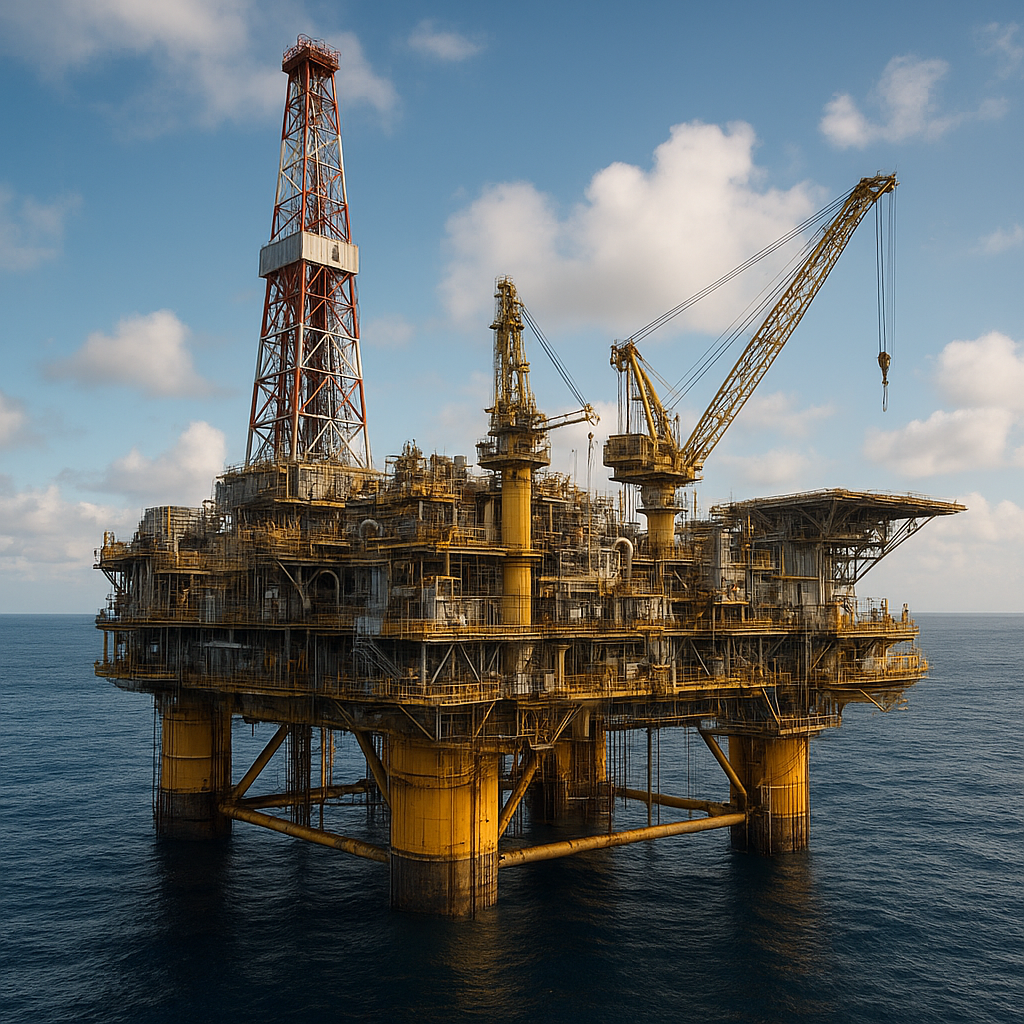
Industrial packaging equipment has undergone significant transformations over the years, adapting to the ever-changing demands of the global market. From the early days of manual packaging processes to the sophisticated automated systems we see today, the evolution of industrial packaging equipment reflects advancements in technology, materials, and consumer expectations. This article delves into the history, current trends, and future prospects of industrial packaging equipment, highlighting the innovations that have shaped the industry.
The Historical Development of Industrial Packaging Equipment
The journey of industrial packaging equipment began in the late 19th and early 20th centuries, coinciding with the industrial revolution. During this period, the need for efficient packaging solutions became apparent as mass production and distribution of goods increased. Initially, packaging was a labor-intensive process, relying heavily on manual labor to wrap, seal, and label products. However, as industries grew, the limitations of manual packaging became evident, leading to the development of the first mechanized packaging machines.
One of the earliest innovations in packaging equipment was the introduction of the assembly line, which revolutionized the way products were packaged. This method allowed for faster and more consistent packaging, reducing the reliance on manual labor and increasing productivity. The assembly line concept paved the way for the development of specialized packaging machines, such as filling machines, sealing machines, and labeling machines, each designed to perform specific tasks within the packaging process.
As technology advanced, so did the capabilities of packaging equipment. The mid-20th century saw the introduction of automated packaging systems, which further enhanced efficiency and accuracy. These systems utilized sensors, conveyors, and programmable logic controllers (PLCs) to automate various packaging tasks, reducing human intervention and minimizing errors. The automation of packaging processes not only improved productivity but also ensured consistent quality and reduced waste.
Current Trends in Industrial Packaging Equipment
Today, industrial packaging equipment is characterized by its versatility, efficiency, and sustainability. Modern packaging machines are designed to handle a wide range of products, from food and beverages to pharmaceuticals and consumer goods. The integration of advanced technologies, such as robotics, artificial intelligence (AI), and the Internet of Things (IoT), has further enhanced the capabilities of packaging equipment, enabling real-time monitoring, predictive maintenance, and data-driven decision-making.
One of the most significant trends in industrial packaging equipment is the focus on sustainability. As environmental concerns continue to rise, companies are seeking eco-friendly packaging solutions that minimize waste and reduce carbon footprints. This has led to the development of packaging machines that are capable of handling biodegradable materials, recyclable packaging, and lightweight designs. Additionally, energy-efficient machines and processes are being implemented to reduce energy consumption and lower operational costs.
Another trend shaping the industry is the demand for customization and flexibility. Consumers today expect personalized products and packaging, which has prompted manufacturers to invest in equipment that can accommodate small batch sizes and rapid changeovers. This shift towards customization has also driven the adoption of digital printing technologies, allowing for high-quality, on-demand printing of labels and packaging materials.
The Future of Industrial Packaging Equipment
Looking ahead, the future of industrial packaging equipment is poised to be even more dynamic and innovative. The continued advancement of technology will play a crucial role in shaping the industry, with emerging trends such as smart packaging, augmented reality (AR), and blockchain technology set to revolutionize the way products are packaged and tracked.
Smart packaging, for instance, involves the integration of sensors and digital interfaces into packaging materials, providing consumers with interactive and informative experiences. This technology can enhance product safety, extend shelf life, and offer valuable insights into consumer behavior. Similarly, AR can be used to create immersive packaging experiences, allowing consumers to interact with products in new and engaging ways.
Blockchain technology, on the other hand, offers a secure and transparent way to track products throughout the supply chain. By providing a tamper-proof record of a product’s journey from manufacturer to consumer, blockchain can enhance traceability, reduce counterfeiting, and improve supply chain efficiency.
In conclusion, the evolution of industrial packaging equipment is a testament to the industry’s ability to adapt and innovate in response to changing market demands. As technology continues to advance, the possibilities for packaging equipment are limitless, promising a future where packaging is not only efficient and sustainable but also intelligent and interactive.

